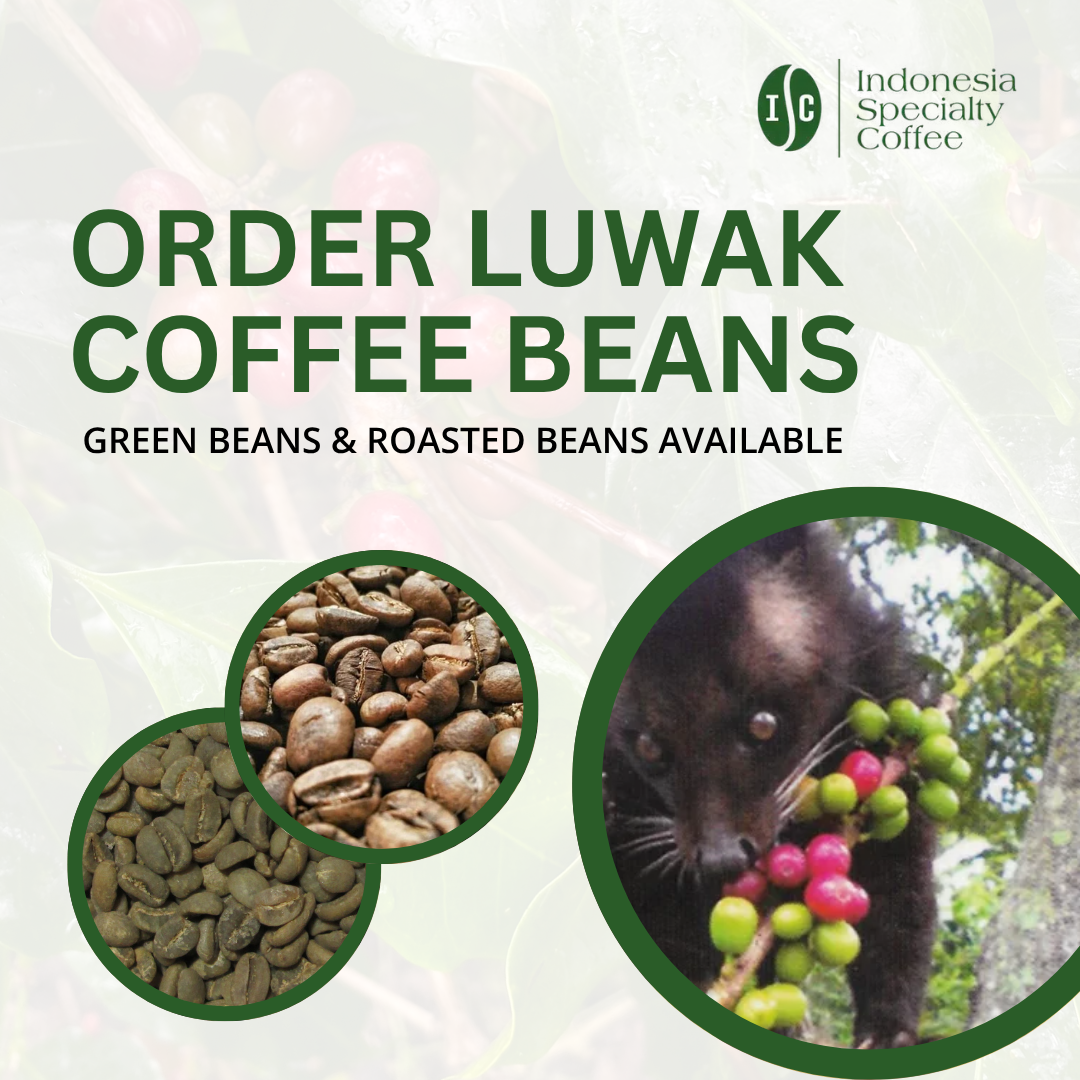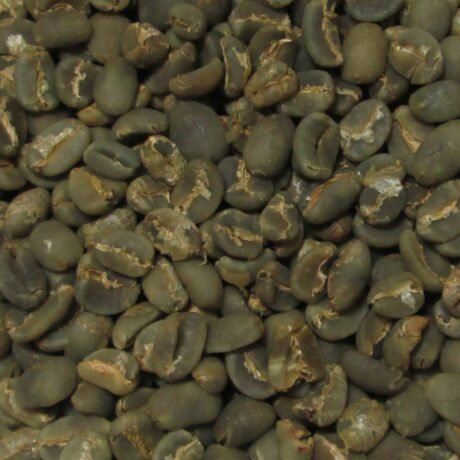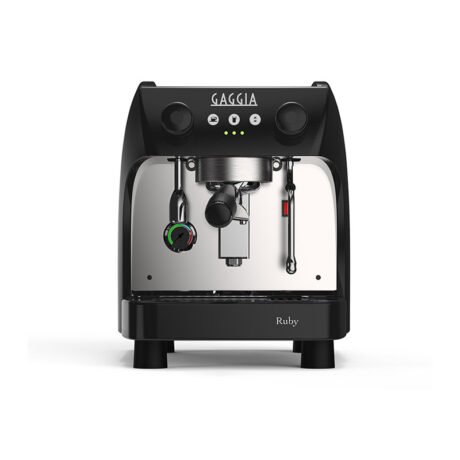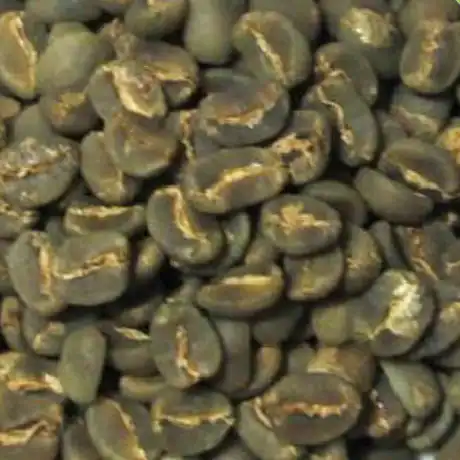For many, a cup of coffee is an essential start to the day. But what happens when you discover that bag of coffee grounds has passed its “best by” date? While the idea of consuming “expired” food often triggers alarm, the reality for dry coffee grounds is more nuanced. Generally, dry, expired coffee grounds are unlikely to make you acutely ill, but their quality and taste will undoubtedly suffer, and in specific circumstances, they can pose a health risk.
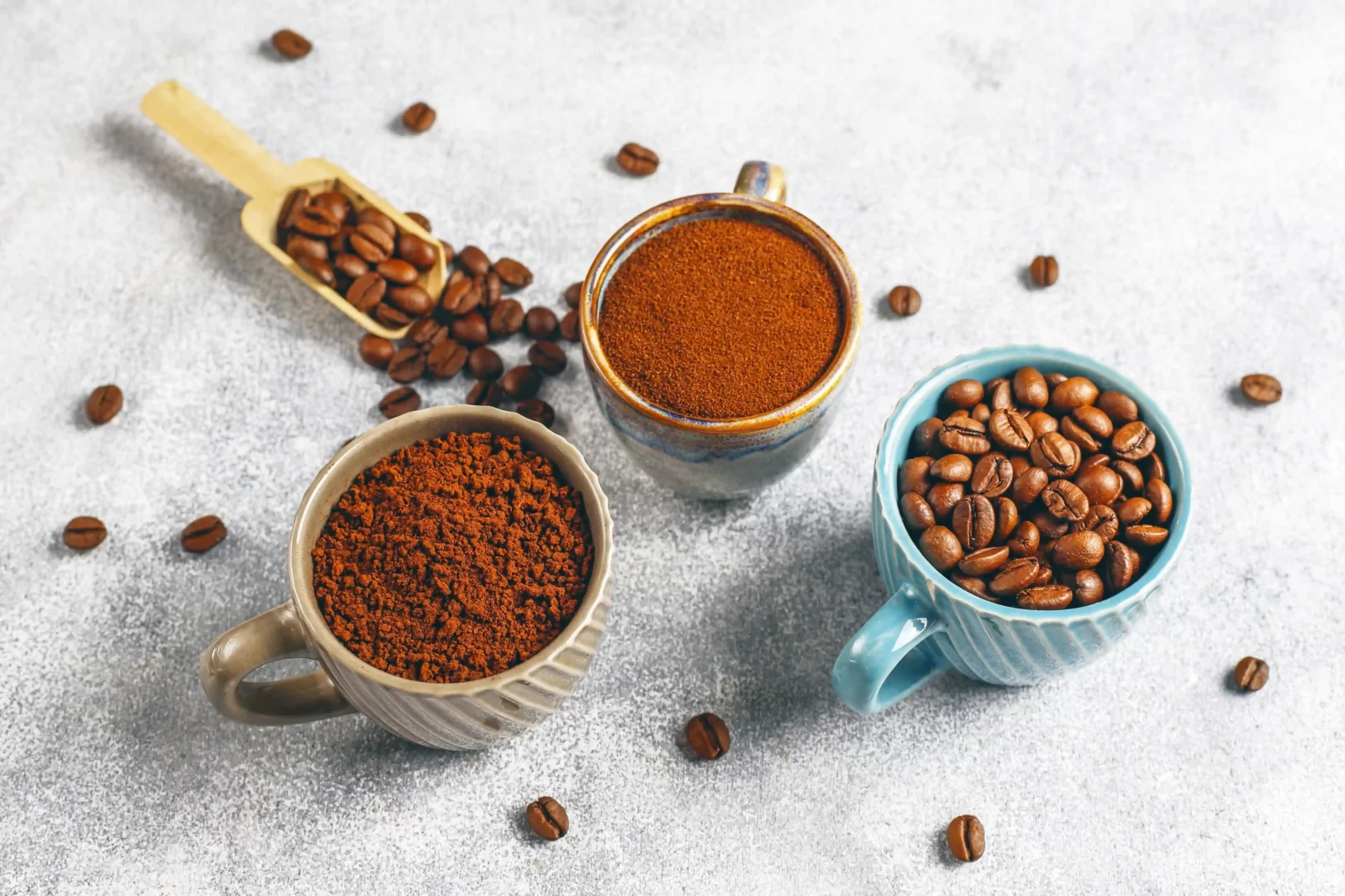
The Low Risk of Dry, Expired Grounds
Unlike perishable foods that rapidly develop harmful bacteria, dry coffee grounds are considered shelf-stable. They undergo a process of degradation over time, but this primarily affects their sensory qualities rather than creating immediate health hazards.
The rich aromas and flavors that make coffee so appealing are derived from volatile compounds and natural oils. With exposure to air, light, and fluctuating temperatures, these oils can oxidize and become rancid. This process leads to a stale, flat, or even bitter taste, significantly diminishing the enjoyment of your brew. While unpleasant, consuming coffee with rancid oils in the small amounts typically brewed is generally not considered toxic or acutely harmful.
The Real Danger: Mold and Mycotoxins
The primary health concern associated with expired coffee grounds arises when they encounter moisture and develop visible mold. Mold, particularly species like Aspergillus and Penicillium, can produce toxic substances called mycotoxins.
The most commonly studied mycotoxin in coffee is Ochratoxin A (OTA). OTA is a possible carcinogen and has been linked to kidney damage and immune suppression in animal studies. Another group of mycotoxins, aflatoxins, are also a concern, with Aflatoxin B1 being a known carcinogen.
Research has shown that mycotoxin contamination can occur at various stages of coffee production, from pre-harvest on the coffee cherry to improper drying and storage of green (unroasted) beans. While roasting helps to reduce mycotoxin levels, it doesn’t eliminate them entirely, especially for more heat-resistant toxins like OTA.
Key research findings on mycotoxins in coffee include:
- Early identification: Researchers in the 1970s and 1980s, such as I. Studer-Rohr and colleagues in their 1995 paper “The occurrence of ochratoxin A in coffee” (Food and Chemical Toxicology), confirmed the presence of OTA in green and roasted coffee.
- Processing impact: Studies, including work by Mirna Suárez-Quiroz et al. (2004) in the International Journal of Food Science and Technology, have highlighted how different coffee processing methods (wet vs. dry) and storage conditions significantly influence mold growth and mycotoxin formation.
- Risk assessment: Numerous comprehensive reviews and meta-analyses, such as the 2019 global review on OTA in coffee by Tooraj Massahi et al., generally conclude that while mycotoxins can be present, their levels in commercially available, properly processed coffee are typically below the safety limits set by regulatory bodies worldwide (e.g., FDA, EFSA), posing a very low risk to the average consumer.
Warning Signs and Action:
If your coffee grounds show any signs of mold, such as fuzzy, green, black, or white patches, or if they appear wet, clumpy, or smell musty, they should be discarded immediately. Consuming moldy coffee, especially if it contains mycotoxins, can lead to symptoms ranging from gastrointestinal upset (nausea, vomiting, diarrhea) and respiratory issues to more serious long-term health concerns with prolonged, high-level exposure.
The Degradation of Quality
Even without mold, expired coffee will taste less desirable. The “best by” date on coffee packaging indicates the period of peak freshness and flavor, not a hard safety cutoff. After this date, the coffee will gradually lose its aromatic compounds due to oxidation. This process is accelerated once the coffee is ground, as it increases the surface area exposed to air.
Research on coffee staling, such as the 2012 literature review “What is the Shelf Life of Roasted Coffee? A Literature Review on Coffee Staling” by the Specialty Coffee Association (SCA), emphasizes the role of oxygen in degrading coffee’s volatile compounds. Studies have shown a significant decline in desirable aromas and an increase in bitterness in ground coffee even after just one to two weeks of exposure to air.
Best Practices for Coffee Storage
To ensure both safety and optimal quality, follow these guidelines:
- Airtight Container: Store coffee in an opaque, airtight container to protect it from air, light, and moisture.
- Cool, Dark Place: Keep the container in a cool, dark cabinet or pantry, away from heat sources and direct sunlight.
- Buy Fresh, Buy Smart: Purchase whole bean coffee whenever possible and grind it just before brewing for maximum freshness. Avoid buying excessively large quantities that you won’t consume within a few weeks of opening.
In essence, while dry, expired coffee grounds are unlikely to send you to the hospital, they will not deliver the rich, nuanced flavors coffee aficionados seek. The critical takeaway is to be vigilant for any signs of mold or unusual odors, and if in doubt, it’s always safest to discard and brew a fresh batch.
Check our coffee product list if you need to buy some freshly roasted beans


